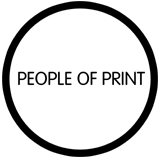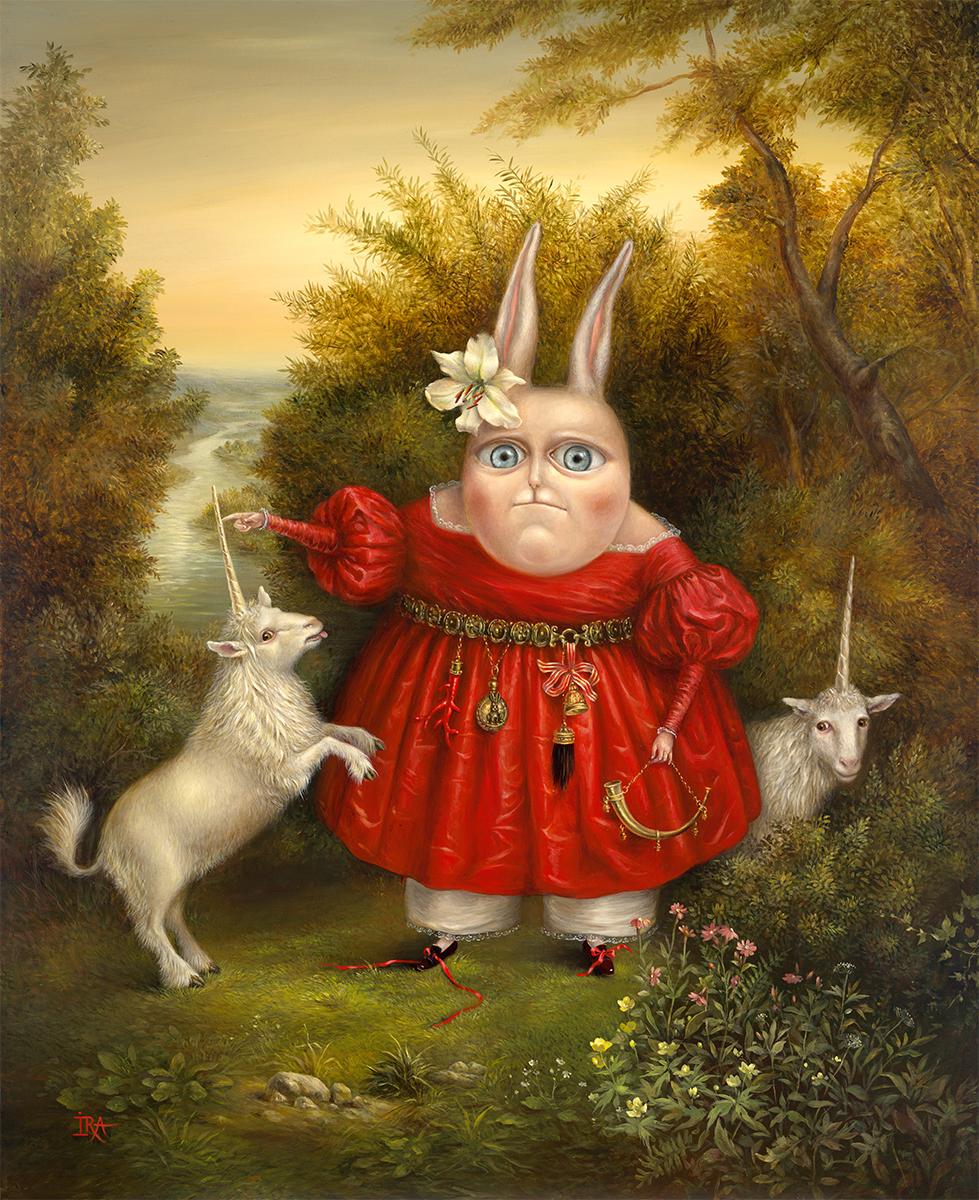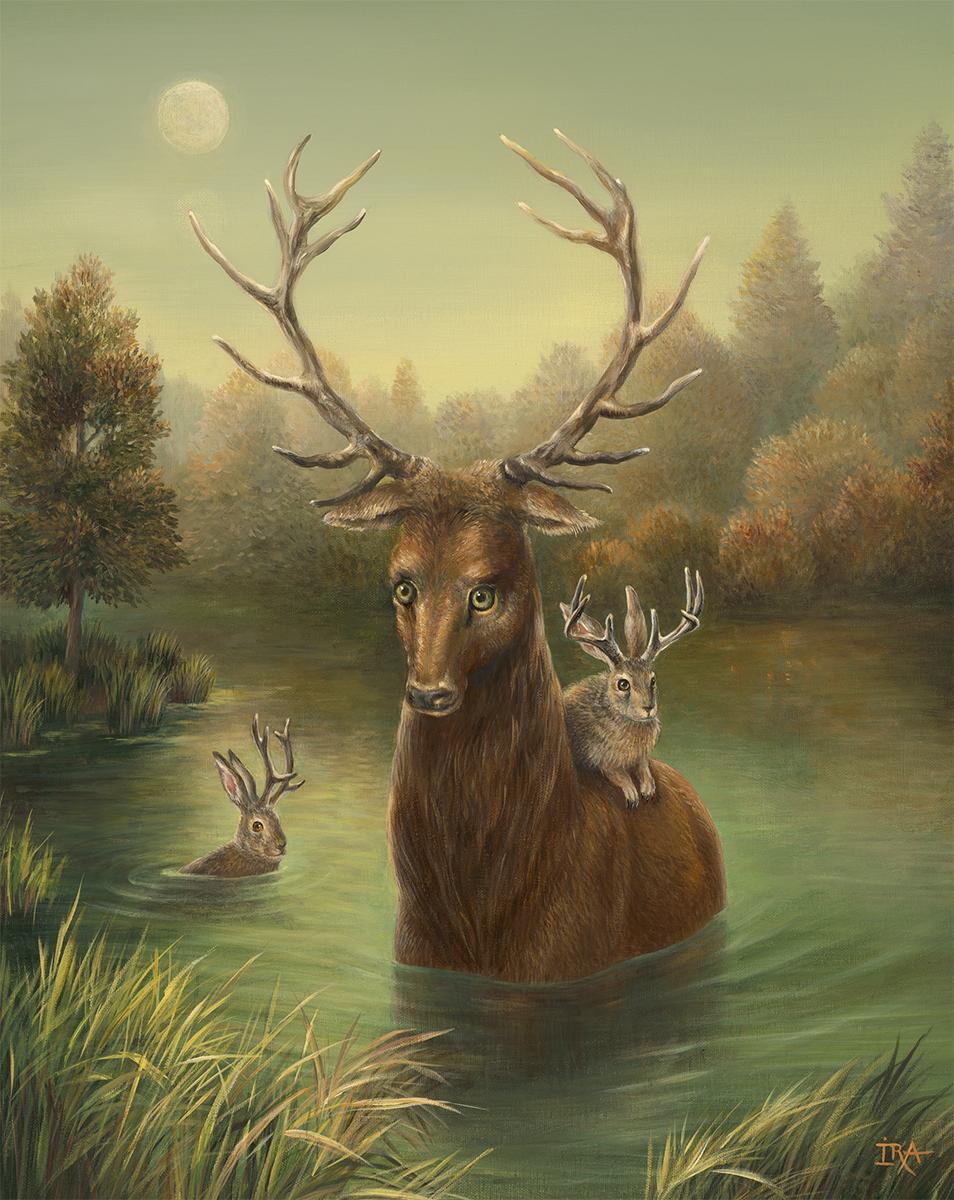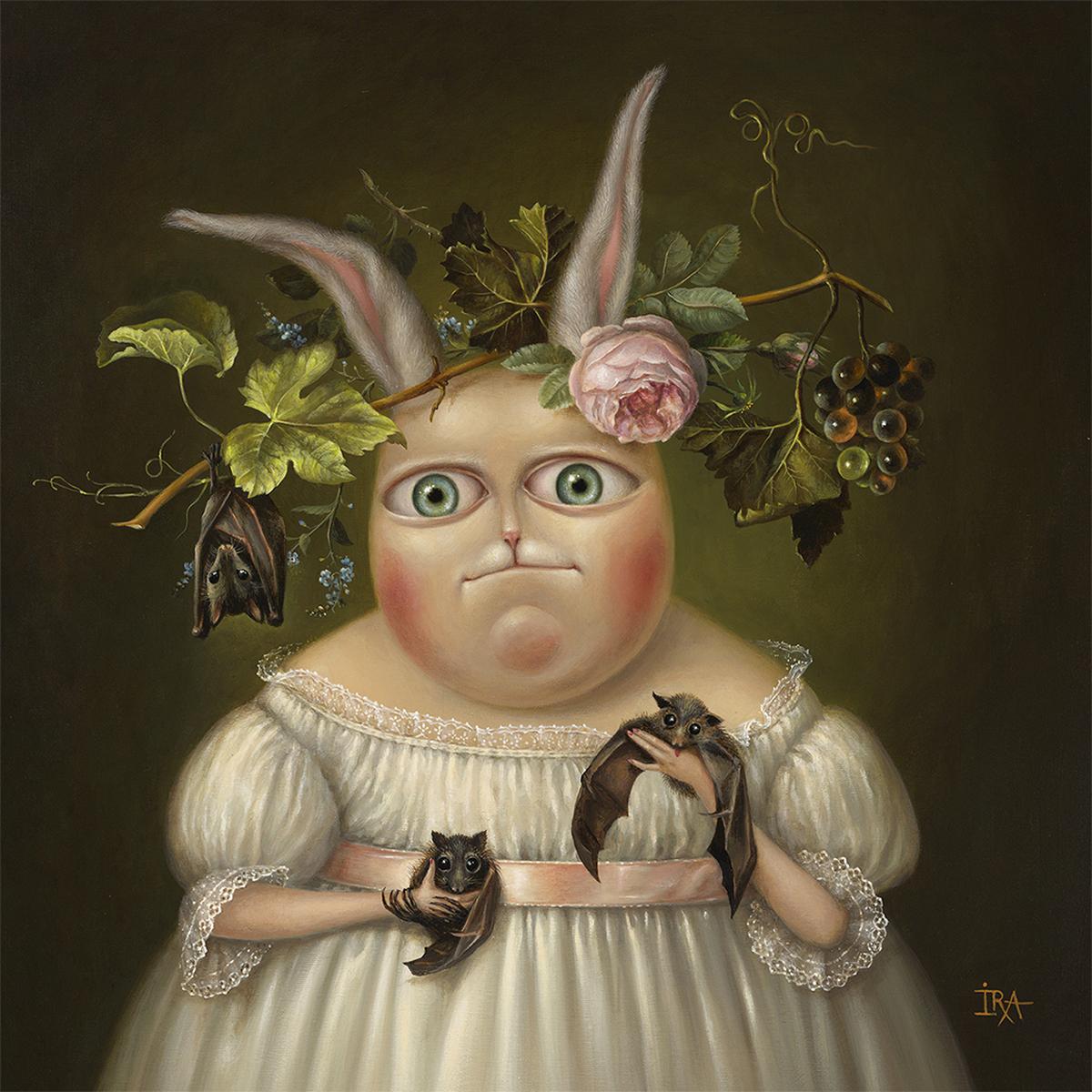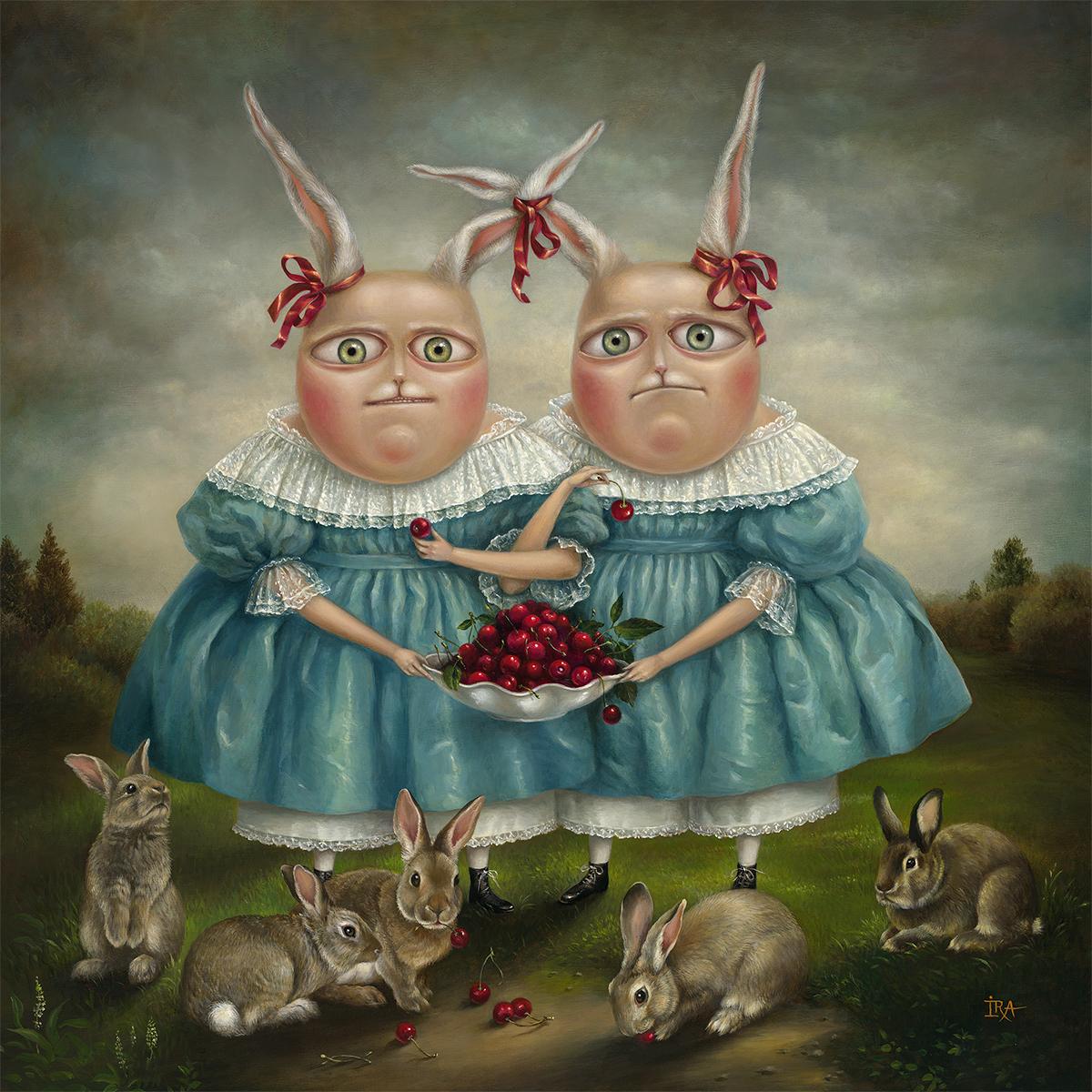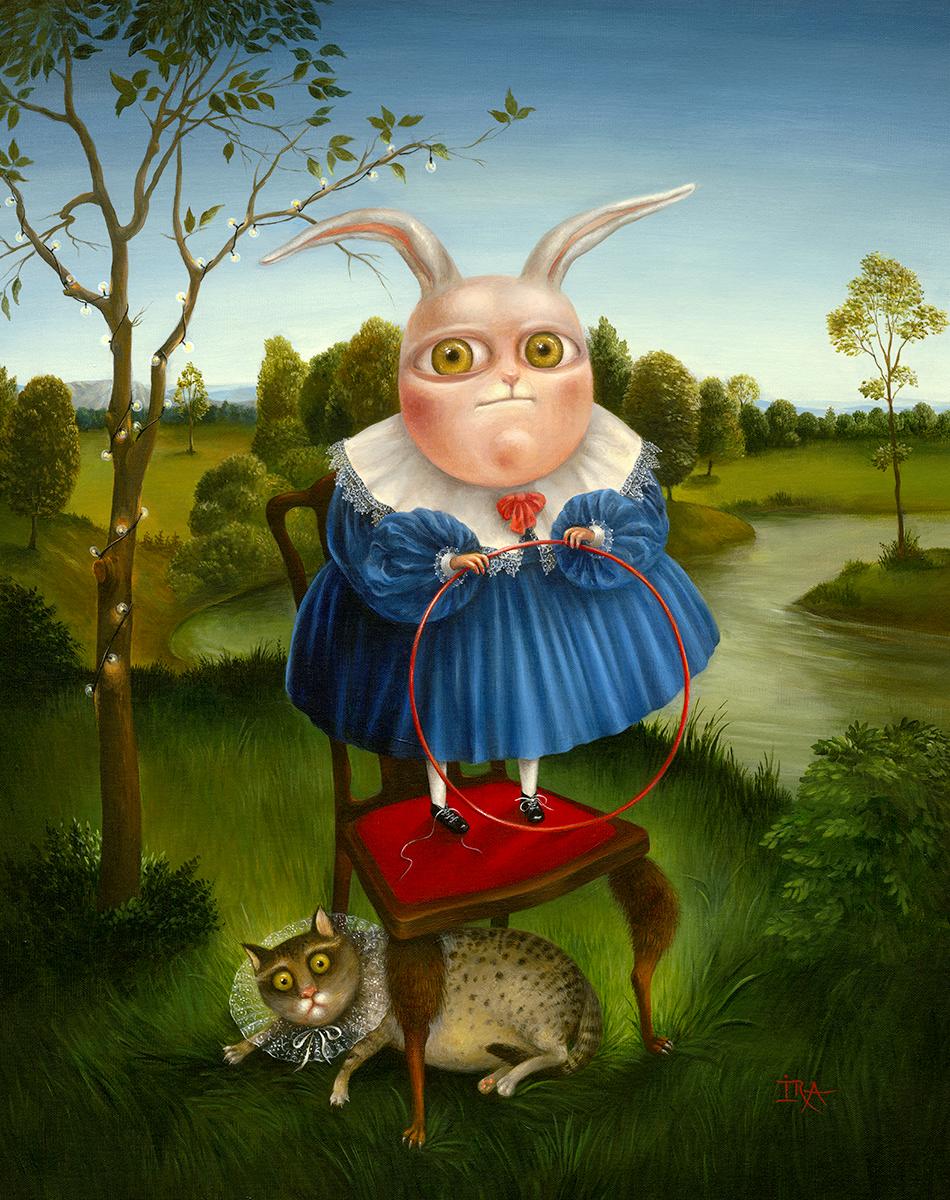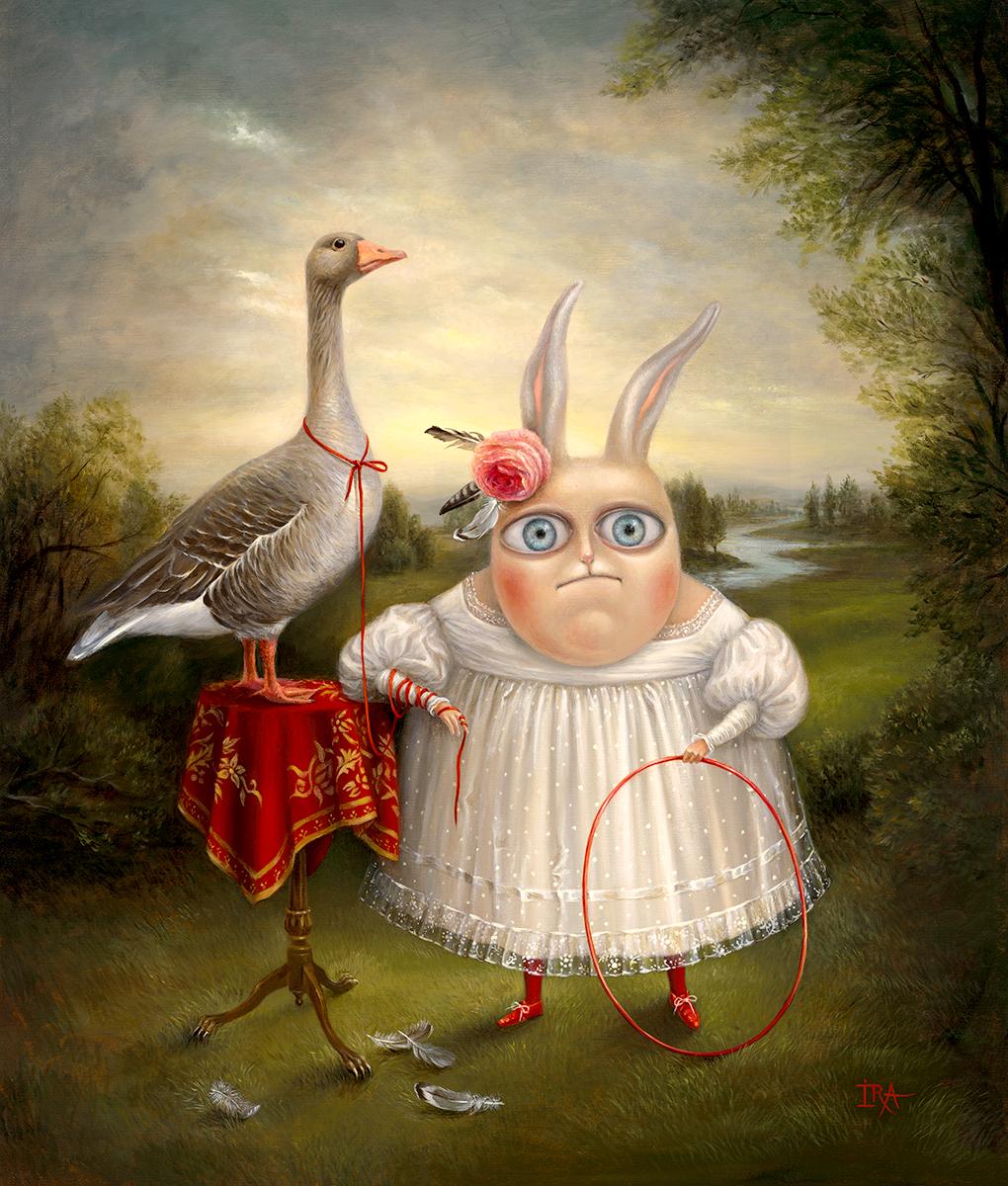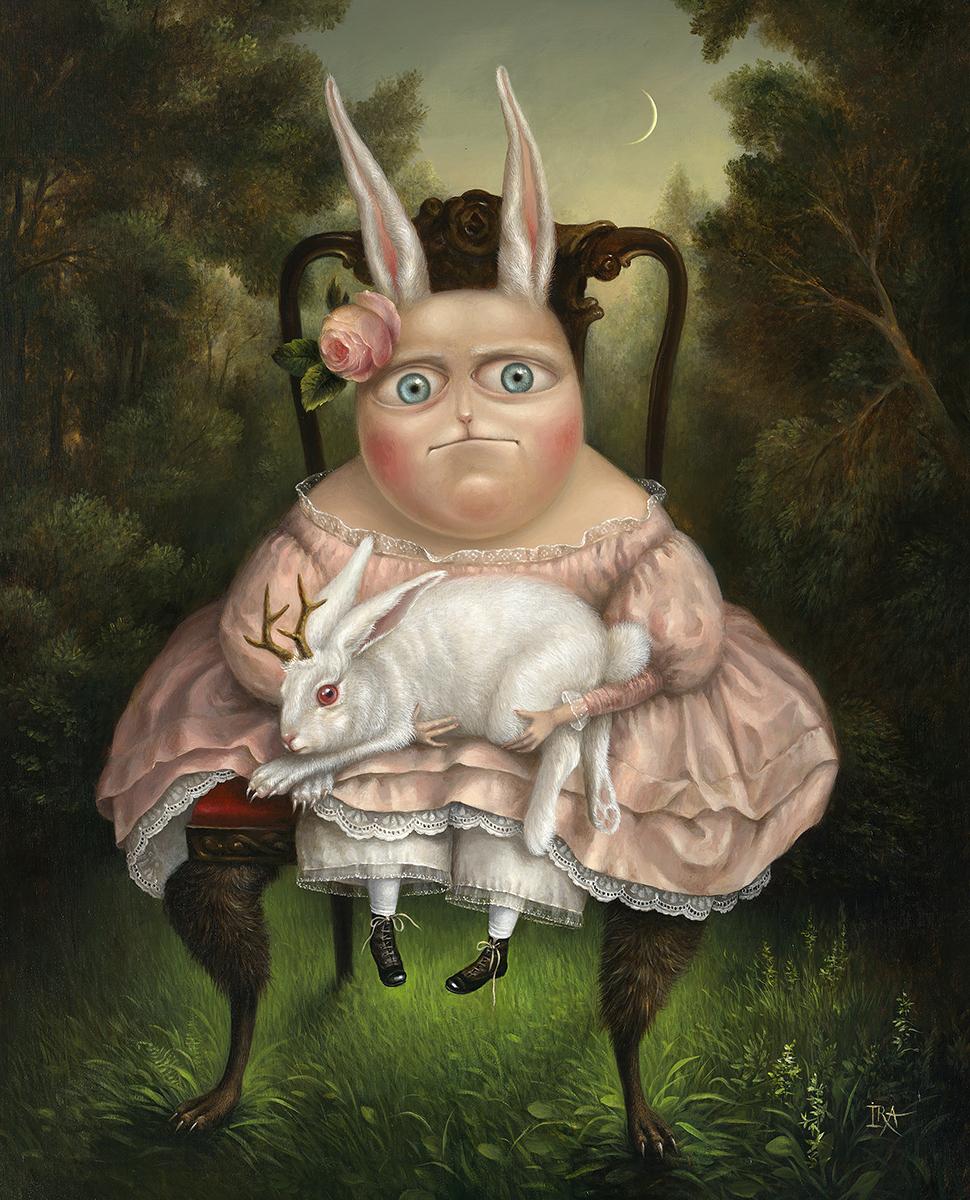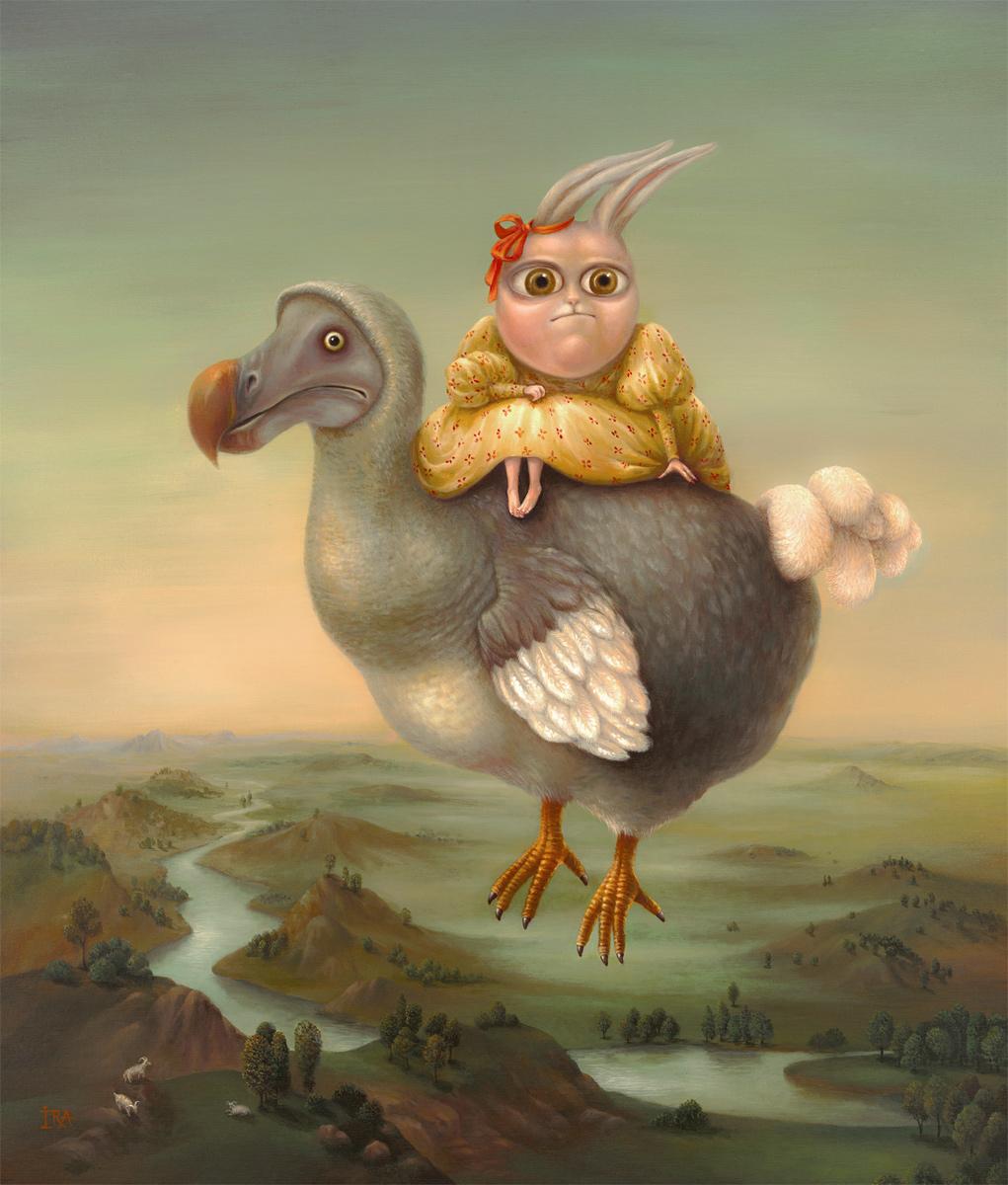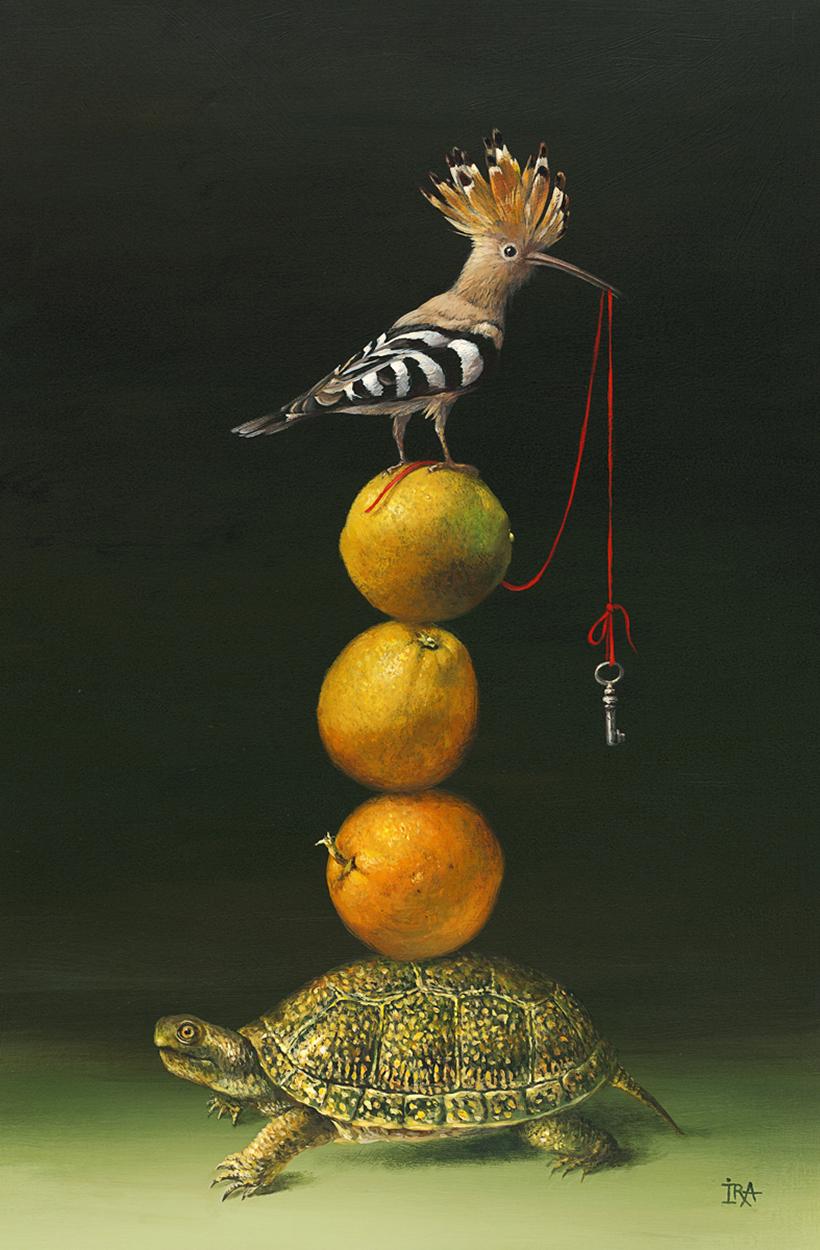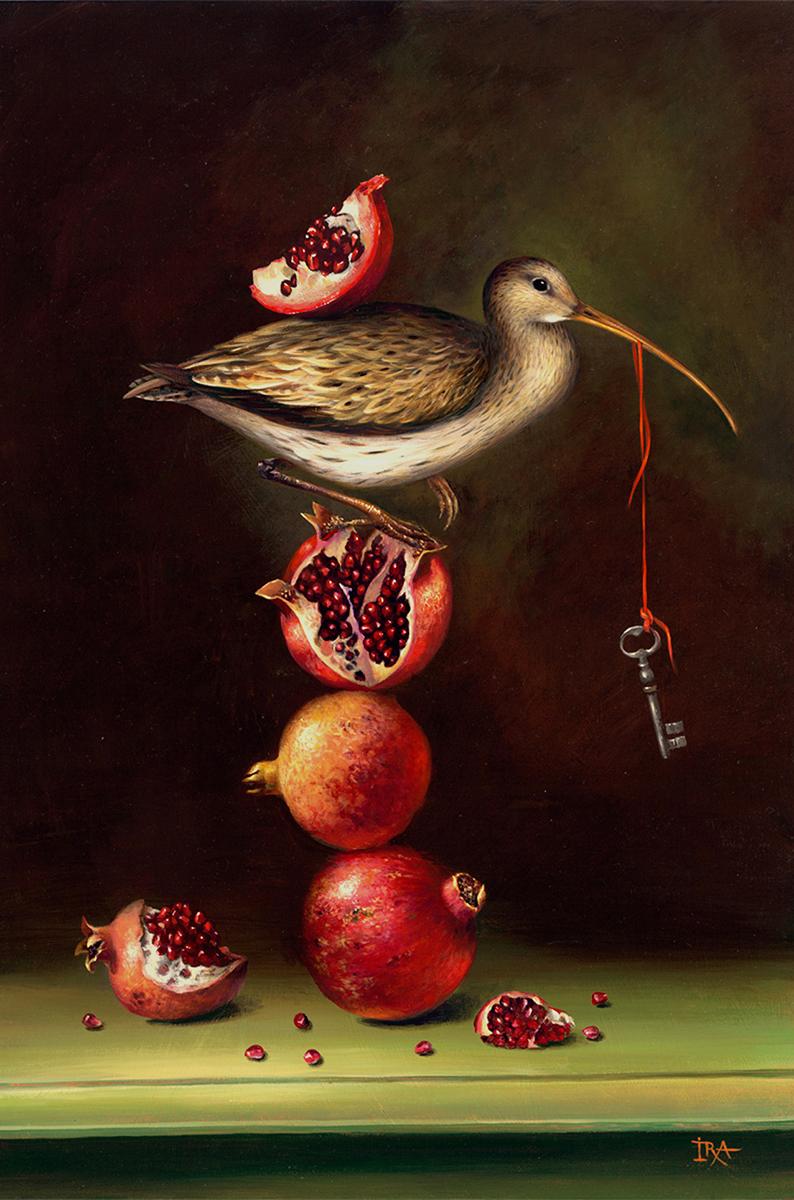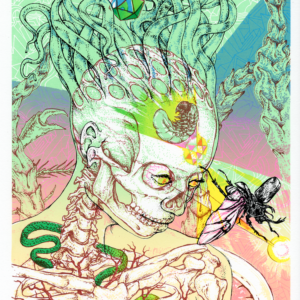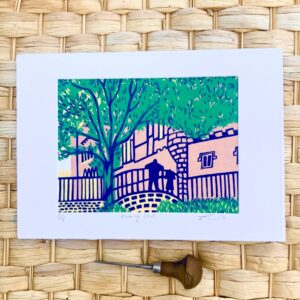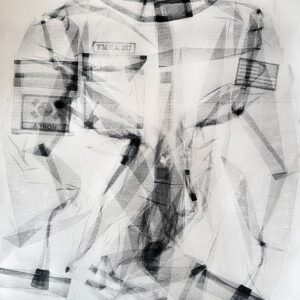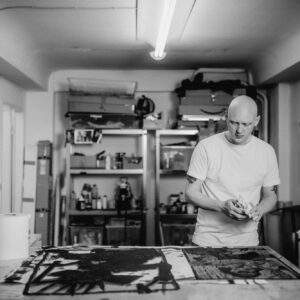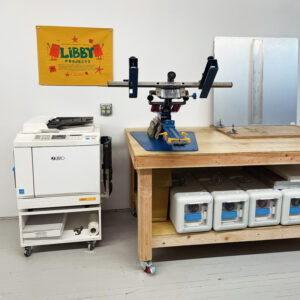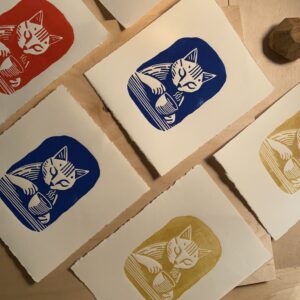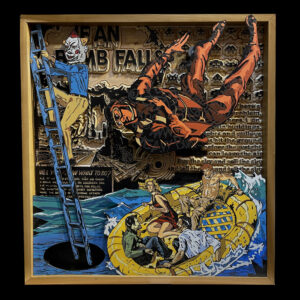Profile
Irena Aizen was born in Russia.
In 1981, Irena graduated in arts from Yaroslavl Art college.
In Russia, she worked as an illustrator in a book publishing house.
Immigrated with her family to Israel in 1990 and has been living in Tiberias ever since.
A selection of Irena’s works are presented:
At the Russian Museum of Art – New Jersey, United States,
At the Museum of Naive Art – Riga, Latvia,
At the Museum of Plastic Arts – Tula, Russia,
Irena collaborated successfully with galleries:
Galerie Natalie Boldyreff – Paris, France,
Tribes Fine Art Gallery – Tel Aviv, Israel,
Egozi Gallery – Tel Aviv, Israel, and more.
Her artworks may be found as part of private collections in the USA, Australia,
Germany, Russia, Israel, Great Britain, China, and more.
Irena says:
“For me as an artist working in a realistic manner, the image of a person is connected with the specification of his sex, age, time and place of action. These conventionalities prevented my aspiration to the depiction of psychological states of a person with the help of symbolic signs and objects, working at a subconscious level.
The contradiction between the desire for realism – on the one hand, and the transmission of the generalized psychological traits that characterize a person throughout the history of his development – on the other hand, led me to a search for a character that allows me to bypass restrictions connected with realism. Ancient Egyptian images of a half-man, half-animal, prompted me to look for the image I needed among animals. In my search for animals in the world culture, I discovered that the hare is a character that appears in many fairy tales and myths of the peoples over the world, from America to the Far East and from Africa to Europe. Myths connect a hare with the moon, sky, and sun, its image can be found on antique ceramics, coins, hieroglyphs, as well as in national histories. Especially I was attracted by the fact that in these tales and myths the hare combines the masculine and feminine beginnings and reflects all the advantages and disadvantages of human nature.
I use images of animals to tell about people,
furthermore, certainly about relations between a man and a woman.
After all, we are all a bit animals…
Pyramids, that I create, have a philosophical and spiritual concept that reflects a balance of opposing forces in human life.
Each element of a pyramid is a symbol and has an implicit meaning.
For example:
– The bird symbolizes spirituality.
– The key is the answer to the questions.
The human desire for harmonious development is emphasized in the paintings. All elements of a pyramid are interconnected.
However, each viewer can find their own correlation of these elements.”
Selected Solo Exhibitions:
2018 – Estonian Children’s Literature Centre (Tallinn, Estonia)
2016 – Danielle Peleg Gallery (USA)
2015 – Egozi Gallery (Tel Aviv, Israel)
2013, 2010, 2009 – Ein Hod Artists Village (Israel)
2011 – Naive art museum of Latvia (Riga)
Selected Group Exhibitions:
2019 – Freshpaint 11 (Tel Aviv, Israel)
2017 – Freshpaint 9 (Tel Aviv, Israel)
2016 – Beffroi-de-Bruges (Bruges, Belgium)
2015 – Art About – Israeli Worldwide Exhibition (Frankfurt, Germany)
2014 – Art About – Israeli Worldwide Exhibition (Munich, Germany)
2017 – 2008 Imagination Israeli Art (Tel Aviv, Israel)
2012 – Museum of Russian Art (Jersey City, NJ USA)
2010 – Salon d’art Contemporain Business Art, l’Espace Pierre Cardin (Paris, France)
Latest Activity
This member has not posted anything yet.
